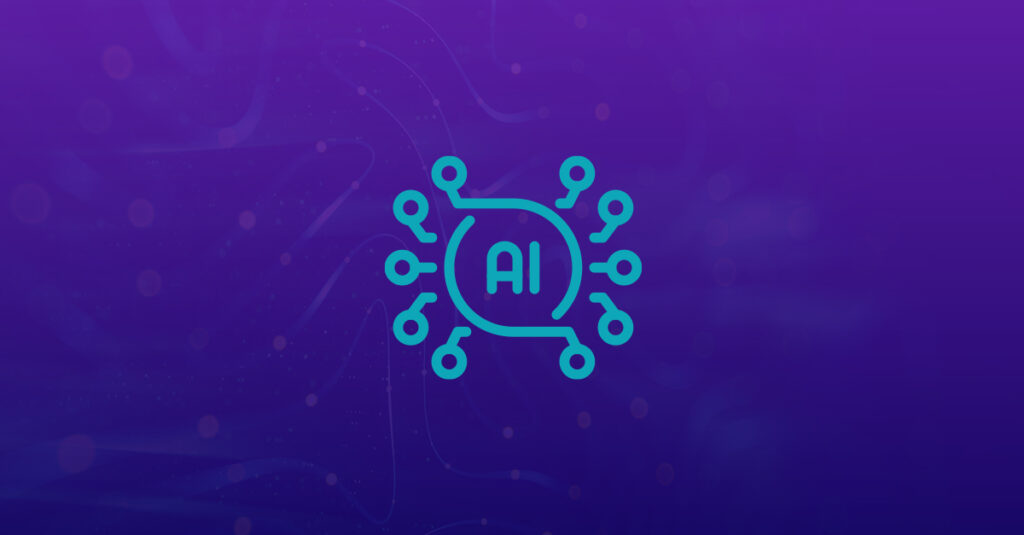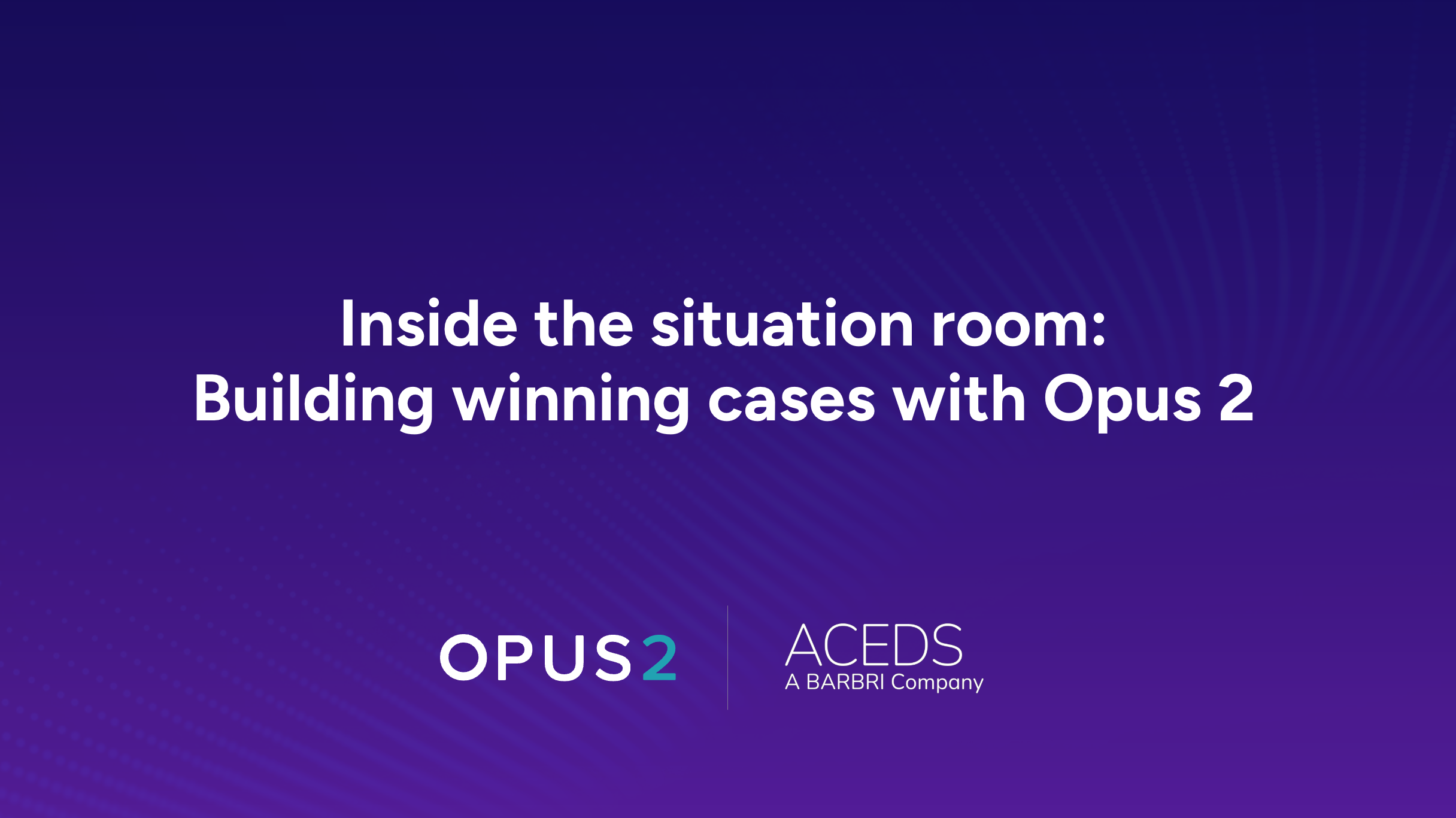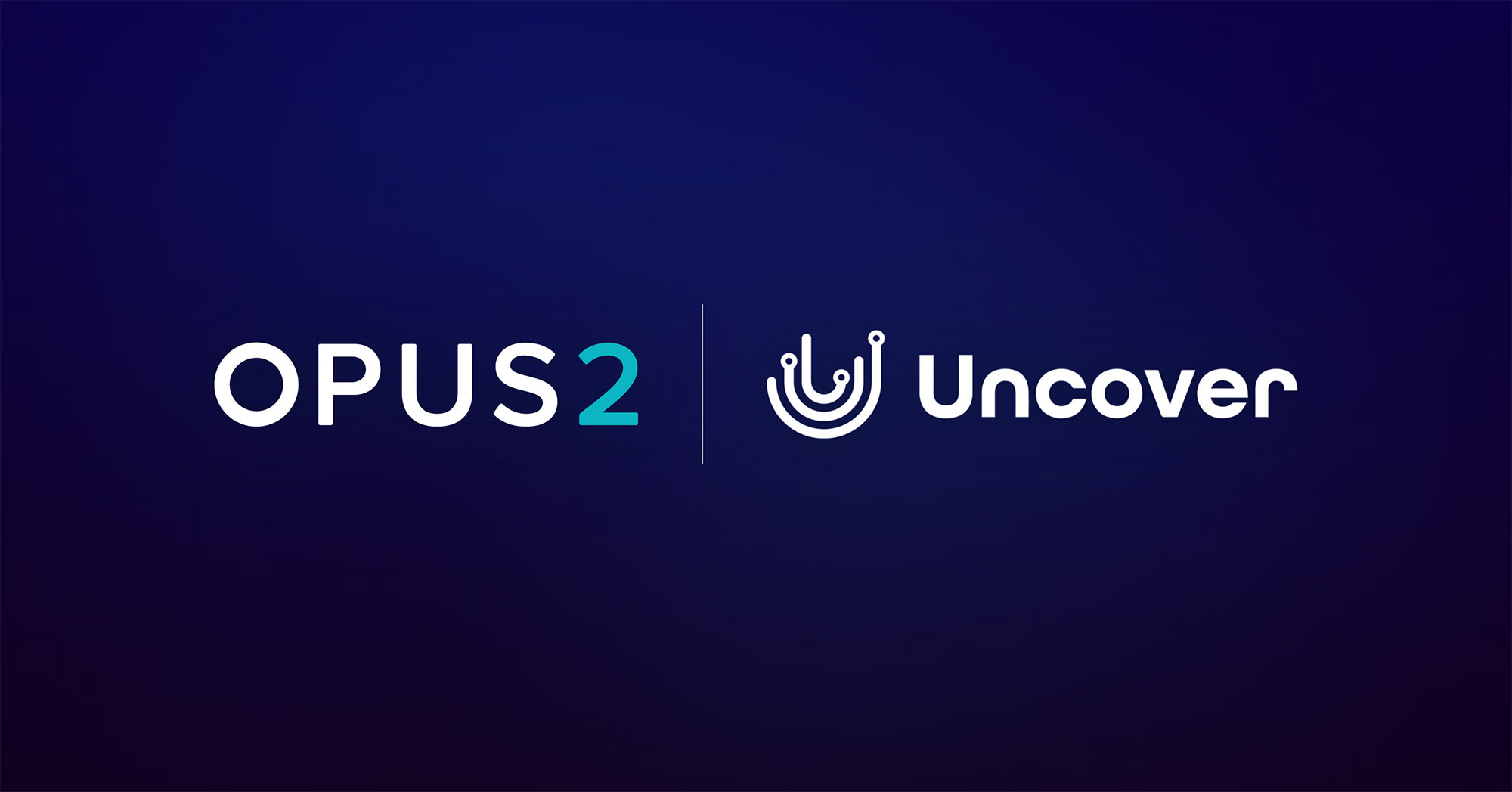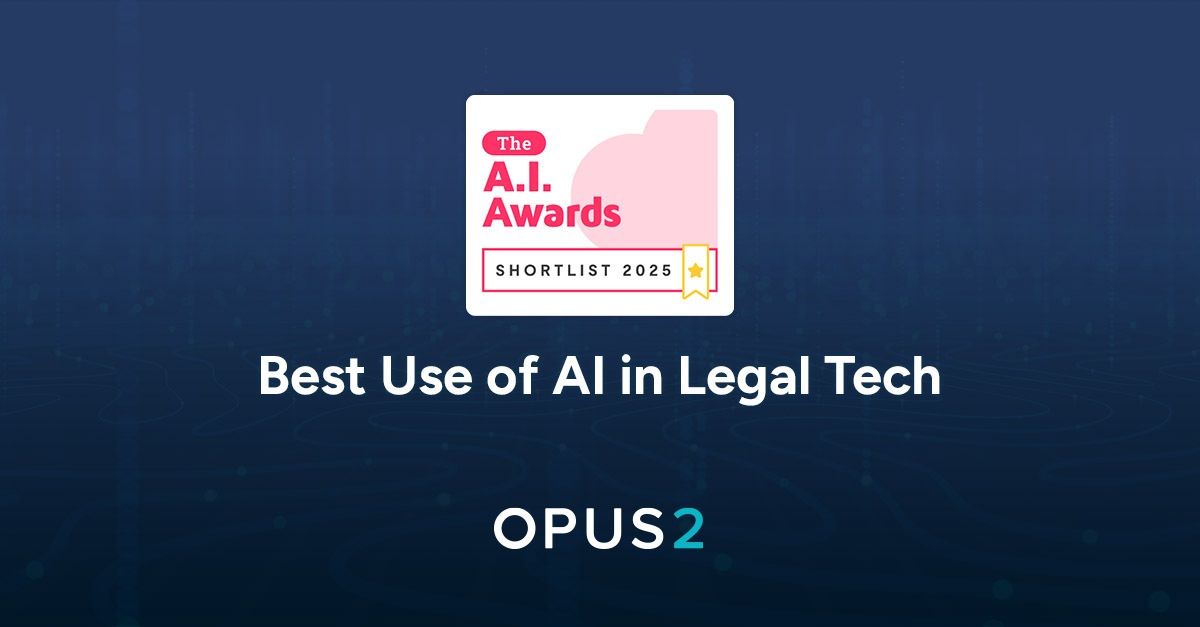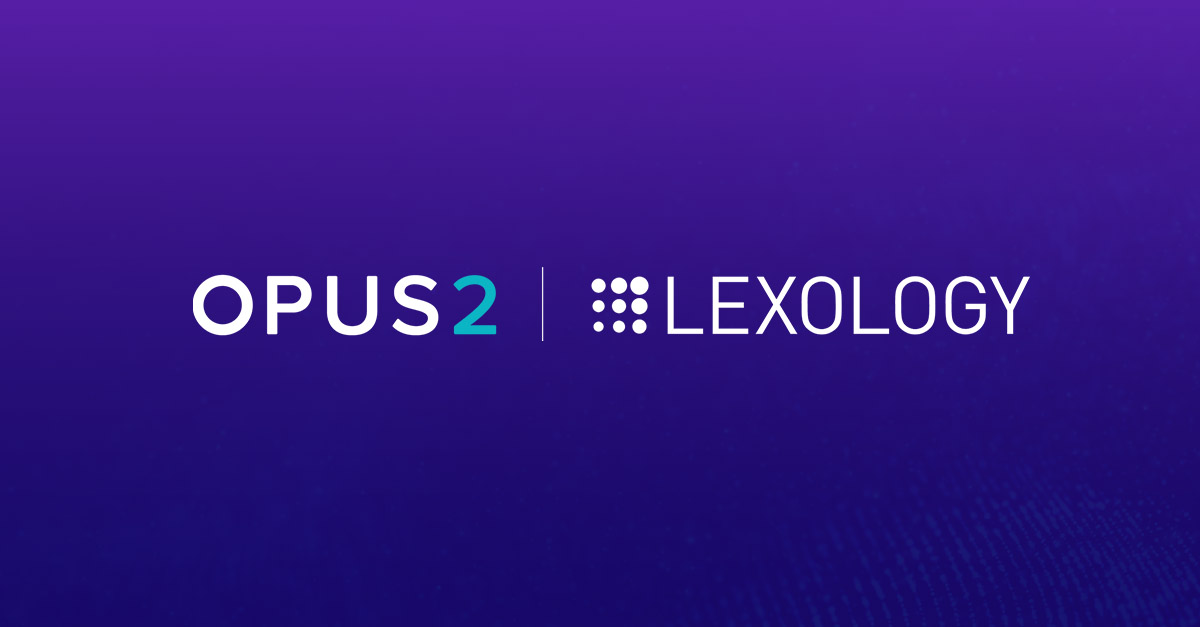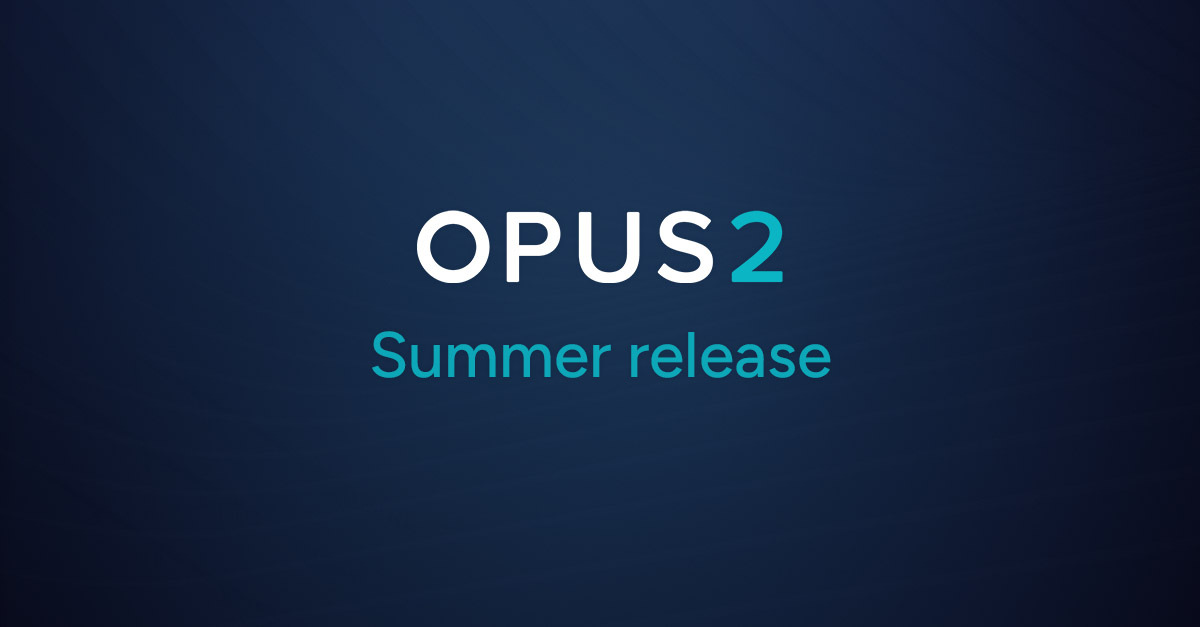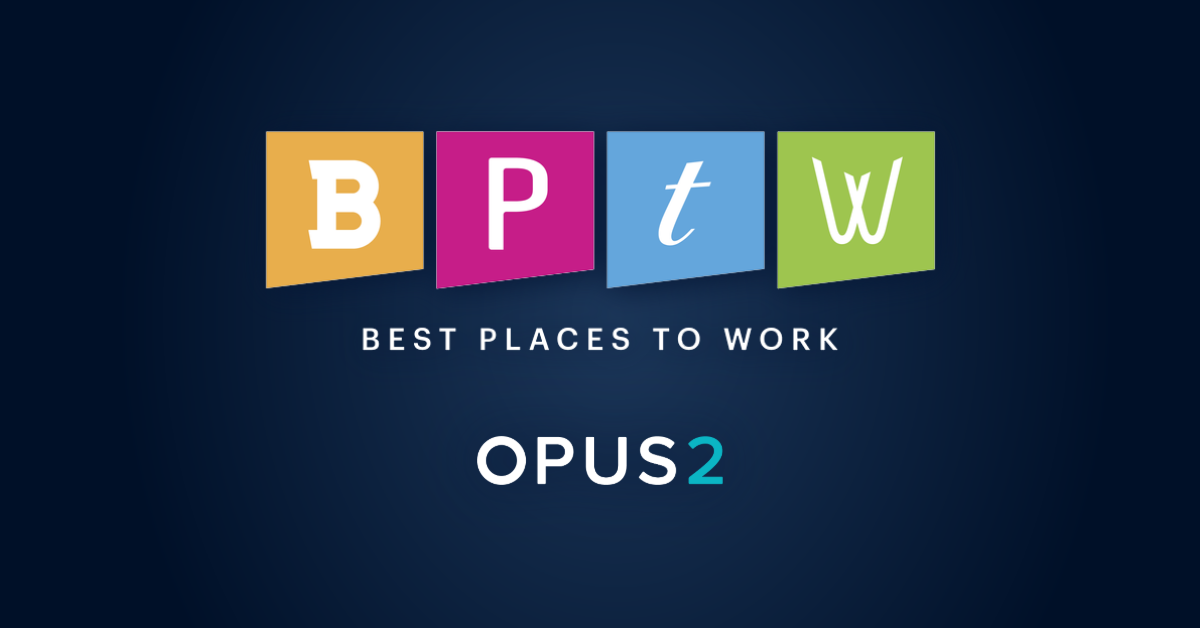Half of litigation support directors are incorporating artificial intelligence (AI) into litigation workflows, according to research. And many litigation professionals expect that AI tools will soon be as common and crucial to litigation as eDiscovery platforms.
But adopting AI isn’t simply about adding a new tool to make sure you keep up with your competition. It requires a thoughtful, well-defined strategy to ensure alignment with law firm goals and real-world workflows. In this article, we’ll explore practical steps for integrating AI into litigation workflows, including:
- Understanding what AI can (and can’t) do
- Identifying the most valuable use cases
- Safeguarding client data and preventing hallucinations
- Building trust and encouraging adoption within your team
Strengths of AI and best use cases for AI in litigation workflows
AI automates certain tasks but doesn’t replace human intelligence. Therefore, the best use cases for AI don’t interrupt legal workflows or take human judgment and analysis out of the process but instead automate administrative tasks while ensuring legal professionals remain in control of how to use AI outputs.
Humans can tend to tire after a certain amount of time reviewing transcripts, and their quality of work can decline. With automation, the litigation team creates initial document summaries and analysis in seconds, letting litigation professionals focus on reviewing and refining the results. While human judgment is still required, using AI for litigation management can give teams a significant head start.
Additionally, when preparing for trial, lawyers are still needed to provide human context to AI results. AI can suggest arguments to present, but lawyers must decide which arguments will work in court to present the case in the best possible light. Enhancing case management processes with AI can provide an advantage by automating repetitive task automation while still prioritizing human intelligence, input, and control in the final work product.
Examples of how to use AI in litigation workflows
In litigation, legal workflows revolve around lawyers and paralegals reviewing documents, making notes, tagging and collaborating on documents, extracting key data and creating event chronologies, character profiles, and case narratives. Applying AI to these litigation workflows means that certain aspects of these tasks can be automated, such as extracting events from documents or spotting patterns and trends in data. When integrated into technology that your firm already uses, bringing AI into your litigation workflows is a seamless way to enhance efficiency.
Here are some ways that law firms are applying AI to litigation processes. According to a Bloomberg survey, drafting communication (58%), legal research (53%), summarizing legal narratives (42%), reviewing legal documents (34%), and reviewing discovery (15%) were the most reported use cases for GenAI. Three-quarters of the webinar participants say they use AI for document summarization and at least half said they use it for document review, legal research, and drafting.
For more tips and use cases for AI in litigation and case management, download the ebook: Harnessing AI for legal case management
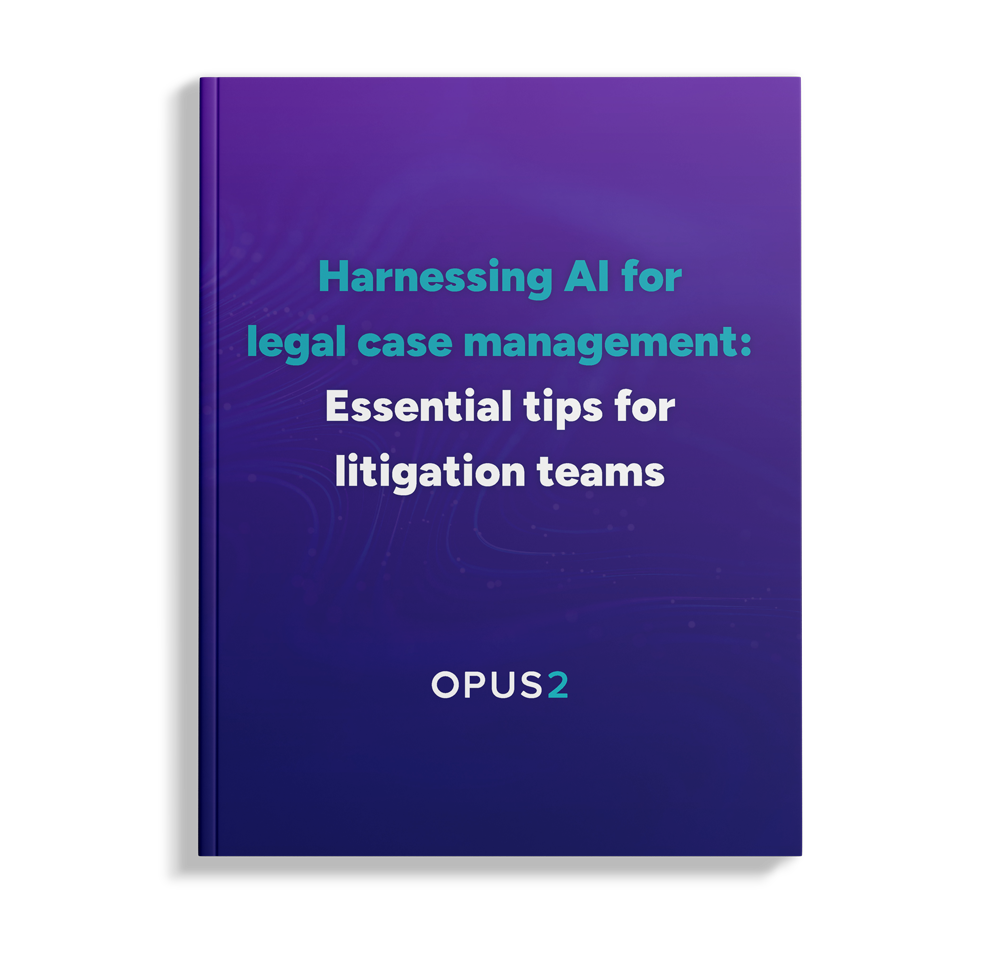
Concerns about AI: Data security, accuracy, and hallucinations
The webinar also covered and offered ways to alleviate common fears and concerns about how AI generates analysis and uses and protects data.
AI tools in litigation must protect client confidentiality, with robust encryption and strict privacy protocols to prevent data exposure. Firms should focus on solutions with strong data security standards, such as firewalls that prevent data from one case to be used as a response to a question about another. In addition, legal solutions should be configured to ensure that case information is not used for AI training.
Besides data security, a common concern is ensuring AI’s output is factual. GenAI may occassionally produce plausible but incorrect information, known as “hallucinations.” Limiting AI’s referenceable data to only the case-specific data housed in your legal case management solution and offering source citations can help maintain accuracy and transparency.
Adoption and trust: Empowering your team to use AI in litigation workflows
Lawyers tend to be cautious adopters of new tech. Firms can encourage AI adoption by clearly defining its role within routine processes, gathering stakeholder input early, and using pilot programs to test and highlight initial successes.
Selecting GenAI technology that provides context, trust, and control can also alleviate lawyer concerns. Lawyers want to know that results are factual, accurate and based on relevant case data. They also need to trust that client data remains secure, and ultimately have the final say on which AI analysis is added to work product.
Tips for successful adoption when integrating AI into litigation workflows:
- Find high-value use cases: Prioritize AI use cases that offer the highest value and align with litigation needs, like case management.
- Select the right solution: Choose scalable AI tools tailored to litigation and case management. If your firm uses case management software, does your provider offer an AI workflow integration that can automate steps of your current processes, such as extracting events from documents to build a case chronology, or creating character profiles?
- Provide training and enablement: Equip legal teams with the skills to use AI effectively. Start with one aspect of case management, such as using GenAI to build a case chronology, for example. As the litigation team begins to see the value of AI you can create momentum, encouraging more members of the team to implement AI and adopt it across other aspects of building a case.
- Incorporating lawyer feedback: Collect ongoing feedback to address concerns, refine your approach, and maintain alignment with legal workflows.
As data volumes and litigation caseloads increase, the manual work of reviewing documents, extracting information, highlighting patterns, and creating narratives will continue to become more expensive, time consuming, and complex. Incorporating AI offers litigation teams a way to scale and deliver superior client value despite these compounding challenges.
To explore this topic further or see AI in action, check out the on-demand Lexology Masterclass or request a demo of Opus 2.

